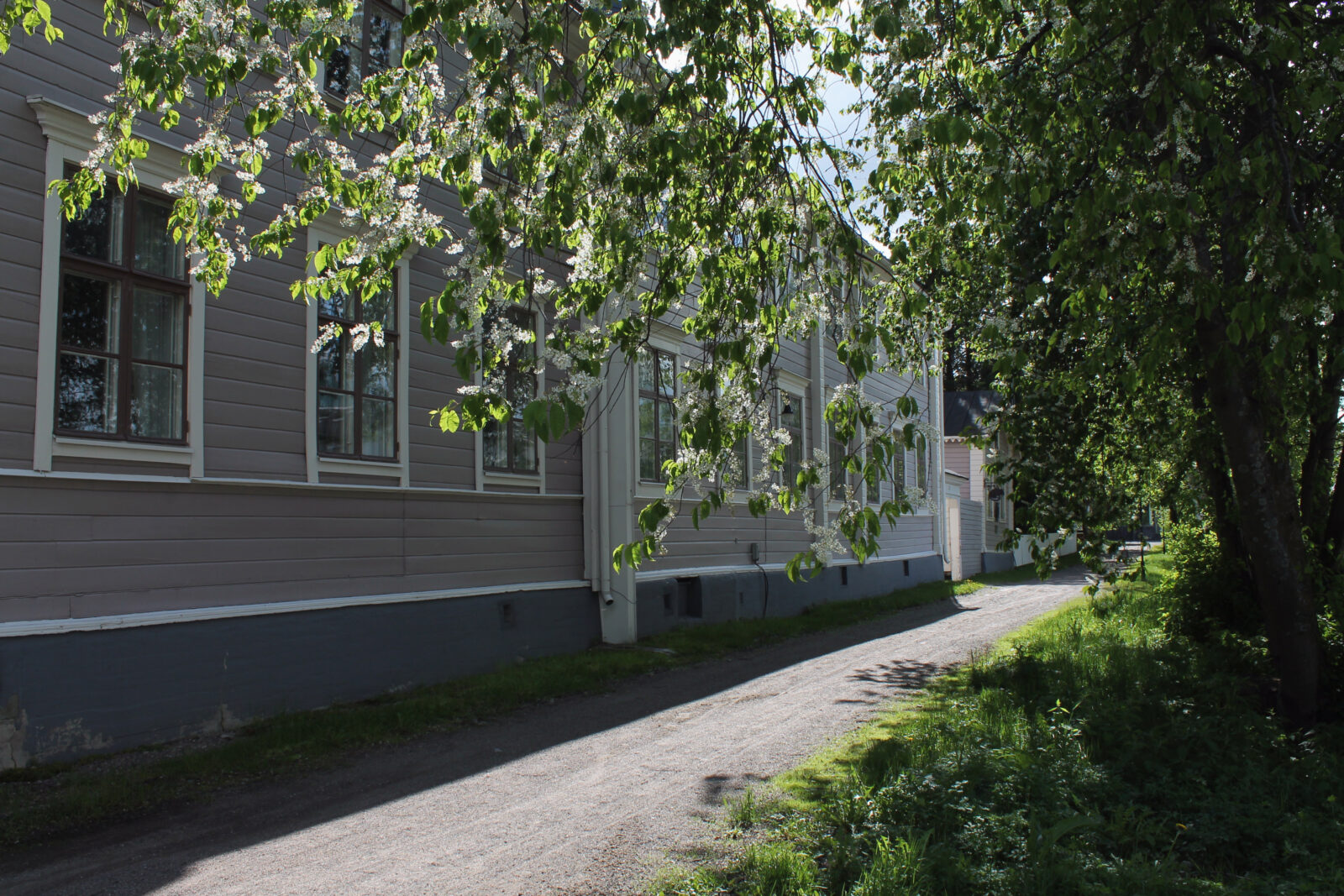A border city on the river and sea
Both the city of Tornio and the Tornio valley as a whole are dominated by their namesake river and its tributaries. The city is situated on the mouth of the Tornio river at the bottom of the Bothnian Bay. The Tornio river is known for its plentiful salmon. It is also the longest free-flowing, unharnessed river in Europe. To locals, it is known as the Väylä (“channel”). The river has significant cultural importance in the Torne valley.
In 2021 the city celebrated its 400th anniversary since its founding in 1621. Tornio had developed into a hub of trade in Lapland by the 16th century, and held the distinction of being the northernmost city in the world for 168 years. A key turning point in the city’s history occurred in 1809, when the new national border was drawn on the Tornio river, thus turning Tornio into a border city. At the same time, the eastern side of the river was separated from Sweden, dividing everything from land and water bodies to families and parishes. The originally Finnish-speaking population of the Tornio valley was divided artificially between two states.
In the years that followed, the region has developed into a meeting place of Finnish and Swedish language and culture. The city of Haparanda was founded in 1821 on the Swedish side and has developed into an important partner over the course of two centuries. Today, the two neighbors form the twin city of TornioHaparanda.
